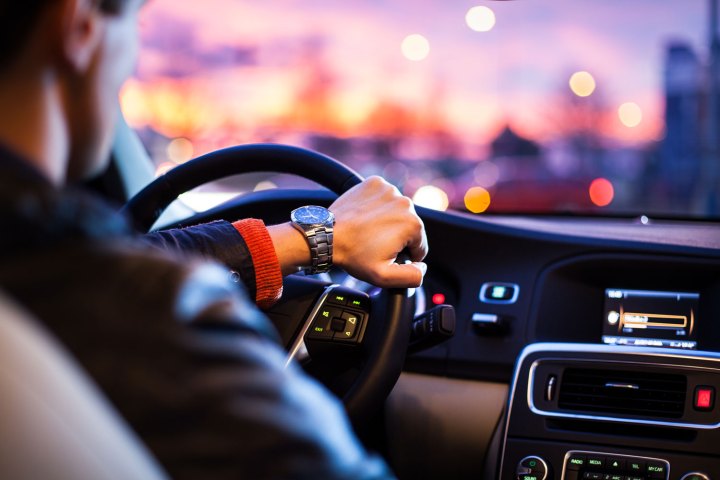
These include monitoring each driver’s performance while behind the wheel, a system it started trialing in several U.S. cities at the end of June and which is now being expanded to Australia, New Zealand, Singapore, Indonesia, and the Philippines, Tech in Asia reports.
The data is gathered from the driver’s smartphone and sent to Uber HQ. It’s then analyzed and transformed into a personal daily report for the driver so they can see where, in Uber’s eyes, improvements in driving performance need to be made.
The monitoring system, which is made possible by a smartphone’s built-in gyroscope, is “a unique opportunity to improve road safety,” Uber’s Dorothy Chou told Tech In Asia, adding that the intention is to use the large amount of
Chou said that while driving styles may vary from country to country, the data is likely to highlight individuals exhibiting unnecessarily erratic driving behavior, allowing Uber to offer advice – rather than punish – on areas that require attention so riders can enjoy a more comfortable journey.
The system also sends out immediate alerts if a driver breaks the speed limit, and can detect if a driver is sending text messages or interacting in other ways with their phone when they should have their eyes on the road ahead.
While drivers may not like the “Big Brother” nature of the monitoring system, the San Francisco-based company clearly believes it’s having a positive effect, claiming that incidents of severe breaking and high-speed acceleration have fallen 10 percent in recent months, results that will surely be welcomed by Uber riders with recurring neck issues.
Editors' Recommendations
- Uber gives up on developing its own self-driving car
- Recording rides won’t fix Uber’s assault problem, lawyers say, but it’s a start
- Uber Pet allows furry passengers to ride with you for an extra fee
- Uber’s new RideCheck feature could turn out to be a lifesaver
- For $25 a month, Uber will give you rides, rent you a scooter, and grab dinner


